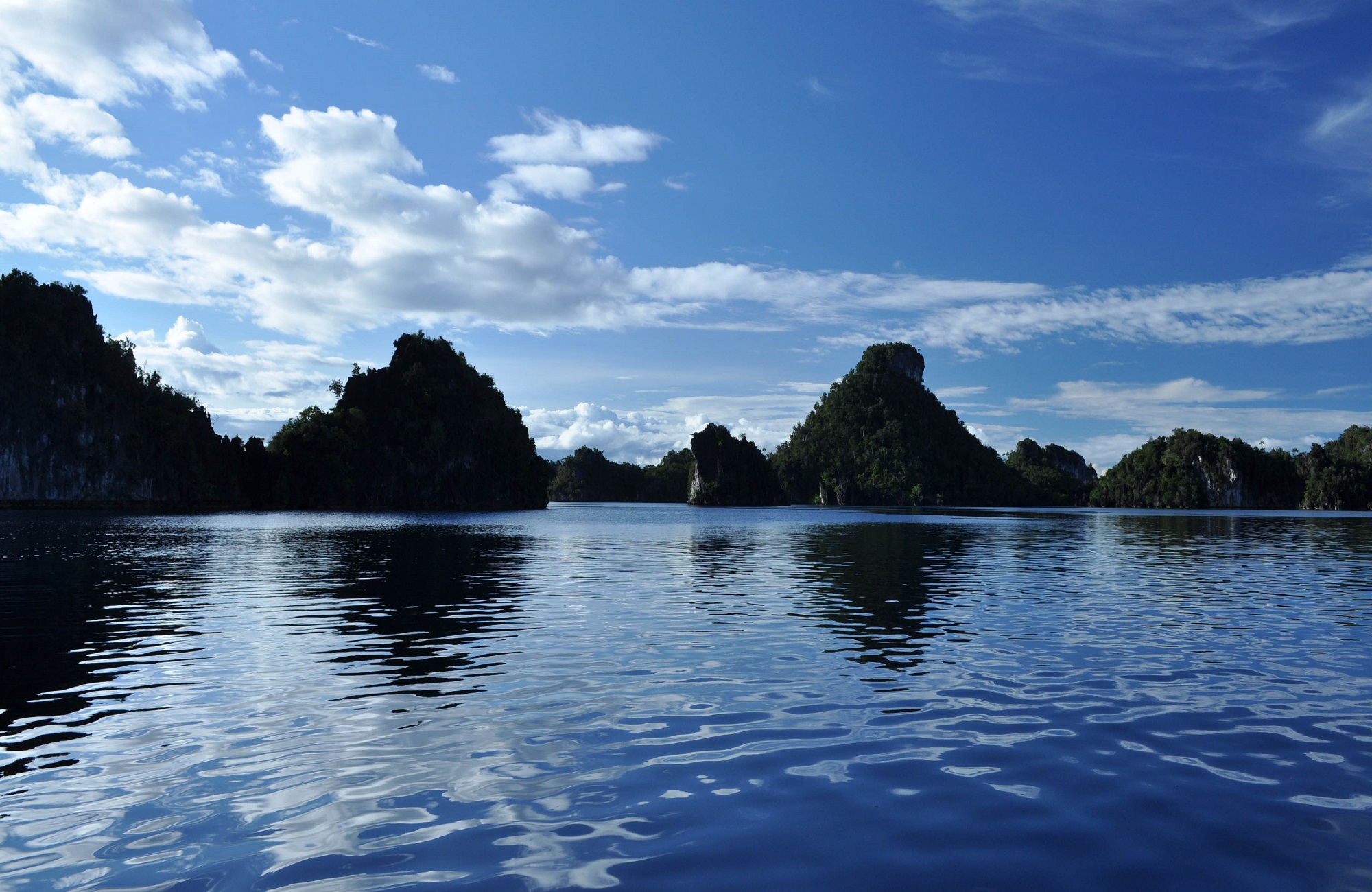Did you ever wonder where your garbage really ends up, or what happens to it?
Unless you are a devotee of Zero Waste lifestyle, then, like me you will find that there is always some trash that needs disposing of.
I live in Taiwan, whose inhabitants are considered to be excellent at recycling. In fact, Taiwan has one of the highest recycling rates in the world. Does this mean they have one of the lowest waste problems in the world? And what happens to all their waste? With my curiosity piqued we decided to make an appointment at the waste incinerator facility in Mu-Zha, Taipei and find out.
There were a lot of questions to ask and we ended up receiving some very surprising answers!
Taipei City is Taiwan’s largest city with around 2.7 million people. Located in the Taipei basin, Taipei is completely surrounded by Mountains with very limited space to dispose of trash.
Where does it all go?
First, the trash is required to be sorted into the following categories by the citizens of Taipei (Source: DEP 2012 figures).
- Domestic, Commercial and Industrial Waste
- Non-recyclable waste for the incinerator – This is collected by the council.
- 1,724 tons/day (30% of all waste)
- Non-recyclable waste for landfill – This is also collected by the council.
- 0 tons/day (0% of all waste)
- Recyclable waste -This is all collected by private contractors.
- 4,000 tons/day (68.5% of all waste)
- Food waste for compost – This goes to the incinerator for processing.
- 60 tons/day (1.5%)
- Food waste for animal feed – This is also collected by private contractor
- Unknown
- Non-recyclable waste for the incinerator – This is collected by the council.
Who Deals With It All?
To deal with all of Taipei’s trash there are 3 incinerators and 1 landfill site in operation.
- Mu-Zha Incinerator (1500 tons/day capacity)
- Beitou Incinerator (1800 tons/day capacity)
- Neihu Incinerator (900 tons/day capacity)
- Landfill Site – Used only for emergencies after Typhoon for trees and other detritus
Note that recycling is currently handled by private contractors. We plan to investigate this in the future.
At The Incinerator
As the name implies, the incinerator burns all the non-recyclable waste. This diverts all garbage from landfill whilst adding a few benefits for the city.
- This heat generated can be then turned into electricity to power the plant. Any additional electricity is sold back to the city to help pay for the running costs.
- The remaining fly ash is sold to cement and road manufacturers to be used as filler. All the toxins are filtered out and removed.
- Food waste is also processed at the incinerator. It is turned into compost which is available for free to residents.
Big Improvements
You may notice that total capacity of the incinerators is 4200 tons/day but they are only dealing with 2586 tons/day. This is almost half of the capacity, but why? In 2000 Taiwan introduced a charge per bag of domestic waste. This simple action reduced waste significantly and increased recycling from 5% to over 65% in 2015. These are some of best rates of recycling in the world.
- USA – Recycling rate = 35%
- Taipei – Recycling rate = 65%
- USA – Waste per person = 2.01 kg/day
- Taipei – Waste per person = 0.4 kg/day
The Problems With Incineration
Taiwan has made some very big improvements over the last 15 years and should be proud. It remains one of the best examples in Asia of waste management. However, incineration is not a perfect solution;
- Emissions from incinerators include NOx, N2O, SO2 and CO2. All of these are either toxic or known to be greenhouse gasses.
- The toxic remains of the ash that cannot be used must be stored somewhere. If not stored properly this can cause big problems.
- Incinerators are very expensive to build and operate.
- Any waste that has been generated, will have an impact on the environment. The materials, manufacturing and transportation of the products contribute to the environmental issues.
- 0.4 kg /day waste is still 146 kg per person/day!
What Can Taiwan Do Next?
- In 2018 Taiwan will ban plastic bags from all stores. This should decrease single-use plastic bags by up to 80%.
- Continued education to reduce waste and increase recycling rates further still.
- Creat a culture of zero waste in everyday life. The opportunity to be a world leader in waste management is a tremendous opportunity for Taiwan!
I think Taiwan has done a lot of good things but there is still so much that can be done. It is not good enough to recycle, we need to reduce the waste before we use it. Say no to single-use plastic and think carefully before making purchases.
And tell us how does your Country compare to Taiwan? Are you doing better or worse?
Make sure to follow the launch of the One Brown Planet sustainable living toolbox which will help you reduce your waste before it makes it to the incinerator!
Also, check out the 52 Ways to Reduce Your Environmental Footprint for suggestions on how to reduce your waste.

